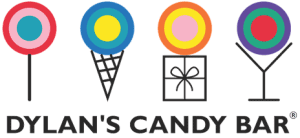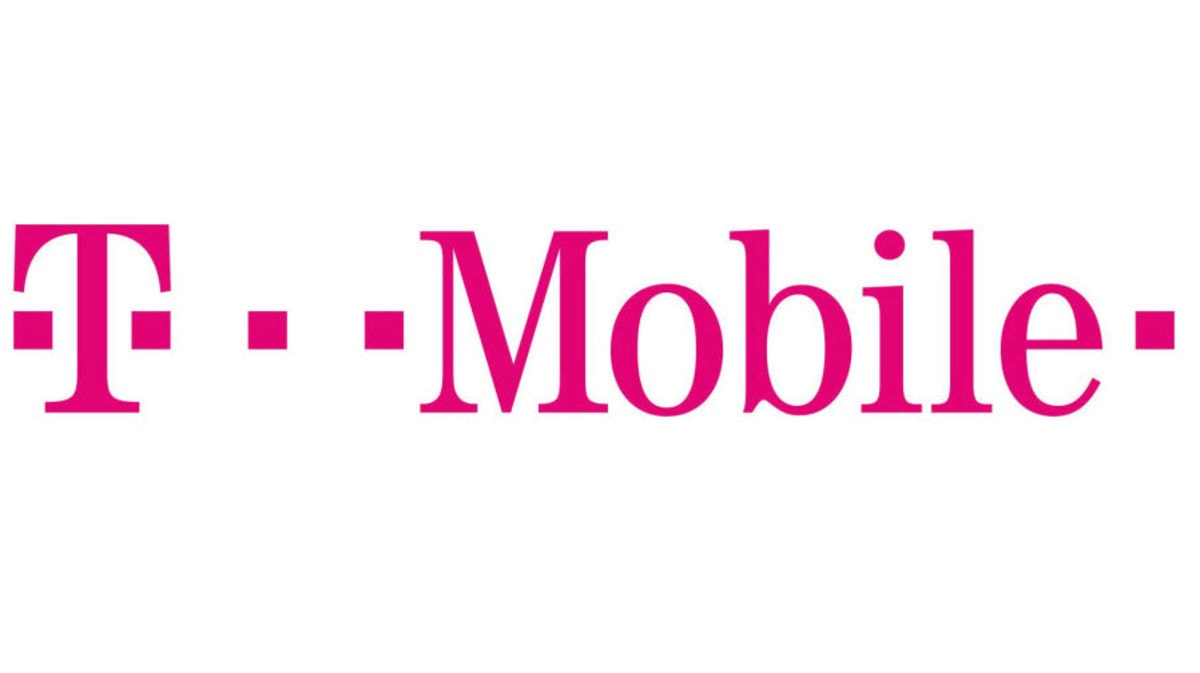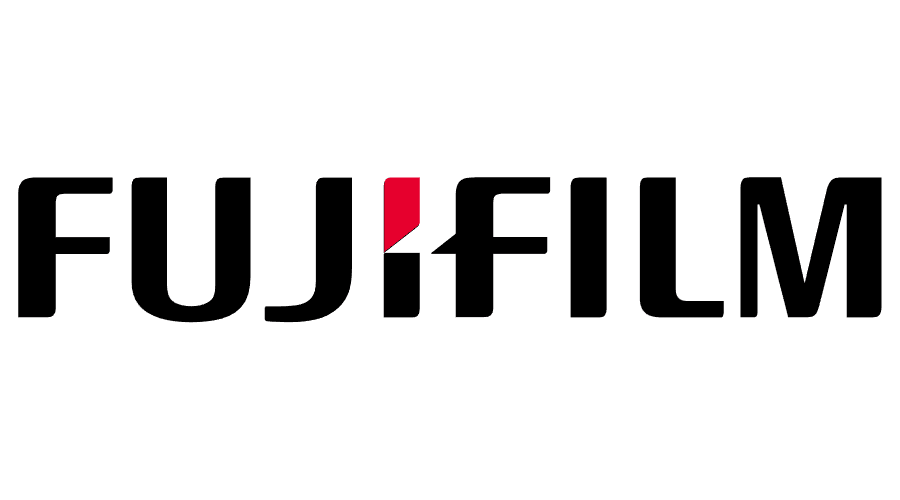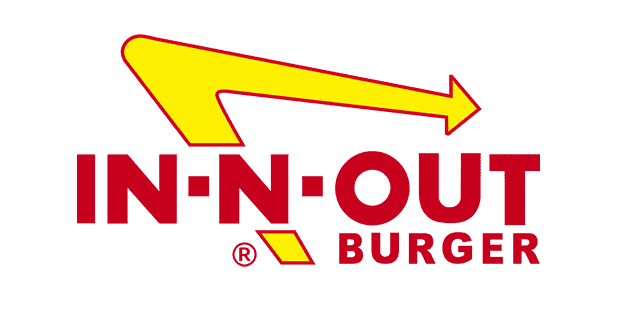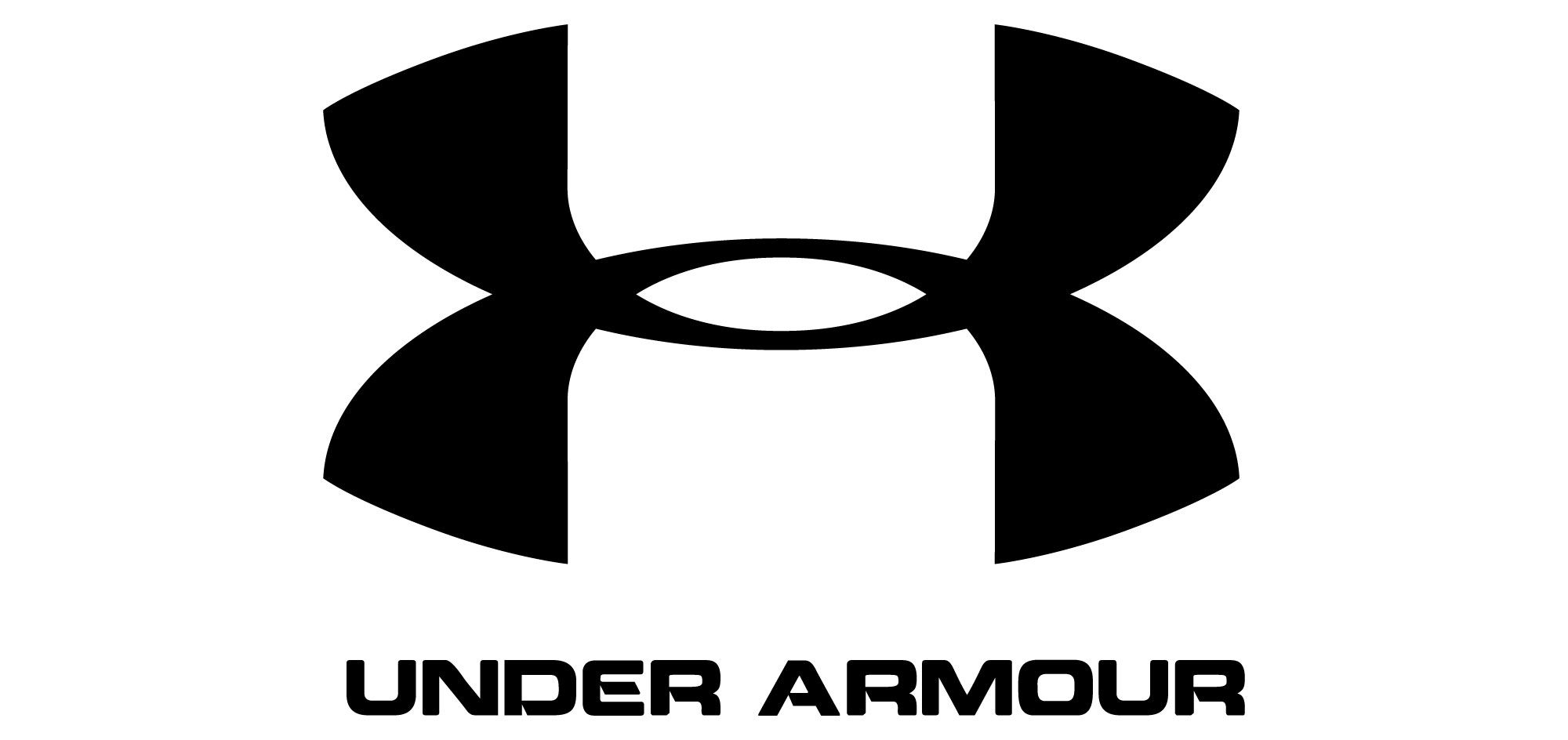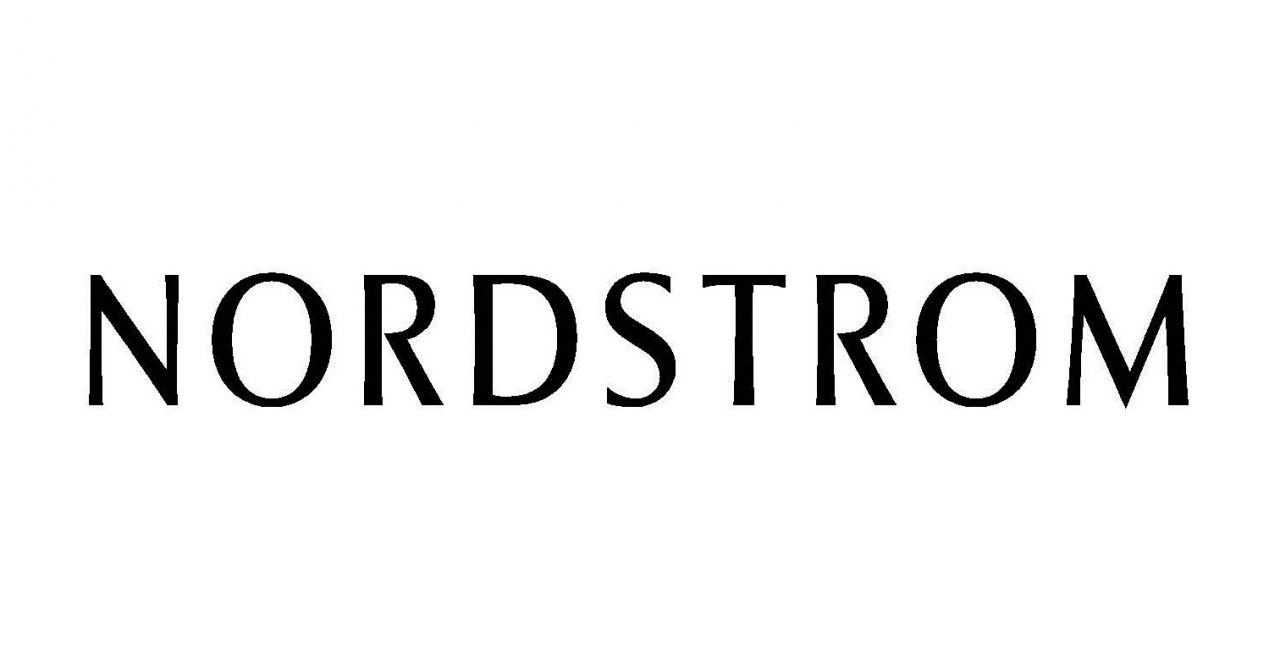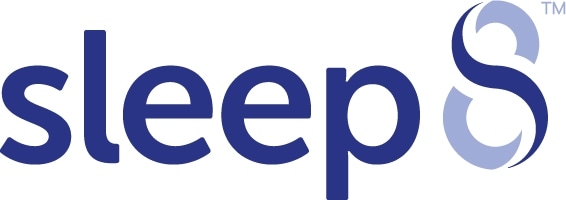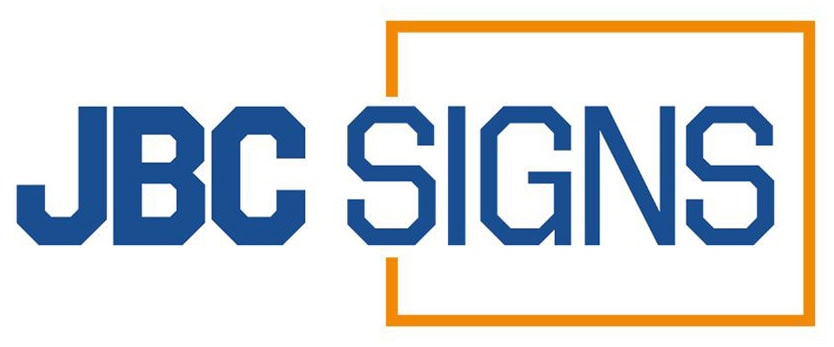Key Takeaways:
- Entryways and Lobbies
Positioning brochure holders at entrances ensures customers see your promotional materials upon arrival. This immediate visibility captures attention and encourages them to explore your offerings further. - Waiting Areas
Placing brochures in waiting zones provides customers with informative reading material. This not only occupies their time but also familiarizes them with your products or services, potentially influencing purchasing decisions. - Near Product Displays
Situating brochure holders adjacent to related products offers customers additional information. This proximity can clarify product benefits and features, aiding in informed decision-making and boosting sales. - Checkout Counters
Brochure holders at checkout areas introduce customers to new products or services as they complete their purchases. This strategic placement can lead to impulse buys and increased awareness of your offerings. - Conference Rooms
Incorporating brochure holders in meeting spaces ensures that clients and partners have easy access to your materials. This availability supports discussions and presentations, reinforcing your brand's message.
Placement is one of the most important aspects of marketing, but it’s also one that many business owners ignore. No matter how eye-catching a billboard or brochure might be, without the right location it’s unlikely to attract much attention at all.
Brochures might be smaller than billboards and retail signage, but they’re still an incredibly important aspect of marketing for retailers. Place your plastic brochure holders in the wrong location and you’ll rarely make much of an impact.
Place them in the right location, however, and you’ll reach customers that would otherwise spend their time in your store or sales office merely browsing through your stock and leaving without expressing any interest.
In this guide, we’ll share the four locations where you should keep plastic brochure holders in your store or sales office in order to maximize visibility, shopper interest and, most importantly, results.
At your checkout counter
Have you ever wondered why supermarkets always keep chewing gum, chocolate, energy drinks and other inexpensive but tasty treats close to the counter? It’s not a mistake, but a deliberate strategy designed to increase sales.
People that are completing their purchases are already engaging in a transaction, making the cost of a single energy drink or pack of gum insignificant to them. This means that they’re more likely to pick up a product and add it to their basket.
The same logic applies to brochures. Since customers are already completing their transaction at your counter, they’re more likely to see something they like in your brochure and inquire about it in order to add it to their purchase.
This technique is most effective for selling inexpensive items, but it works for just about anything. Position your brochures close to the counter and customers won’t view them as outright marketing, but as a chance to discover new items to buy.
Next to your products
Placing brochures close to your products is an excellent way to encourage shoppers to find out more about your product line-up. People that are interested in a product will often turn to a brochure for more information – and to view similar products.
The logic behind this is similar to Amazon.com’s “similar items” section. Although the items listed below the product often aren’t complementary, they appeal to people’s natural desire to learn more about similar items to the one they’re viewing.
This technique is most effective in big-box retail, when a store has a large line-up of products and can categorize them easily. In a large store, different brochures can be used in the electronics, furniture and sports sections, for example.
Of course, this doesn’t mean that it isn’t effective for small retailers. Place brochures next to a product that attracts people’s attention – an in-store exhibit is a great idea – and they’ll quickly attract readers and produce customers.
At your store’s entrance
Contrary to popular retail belief, the majority of customers don’t enter your store knowing exactly what they want to buy. Most customers browse your products to work out what they’d like to purchase before choosing what they’d like.
Because of this, positioning your plastic brochure holder at the front of your store is a great way to use your brochures in order to educate customers on what your store has to offer and where it’s located.
Categorize your items by type and provide a map of your store showing customers exactly where they can find a particular item. Half of retail success is often simply showing people what you have to offer and where they can find it in your store.
An effective brochure won’t just inform shoppers of where items are – it will also produce a feeling of curiosity, prompting shoppers to spend more time browsing your store than they would if no brochures were provided.
On top of your sales desk
The above three techniques are aimed at retailers, although they also apply in high-value sales environments. If your business sells expensive products – for example, a car dealership – and depends on upsells, place a brochure holder on a sales desk.
Ideally, the brochure should promote a product or service that your company offers as an upsell. In the case of a car dealership, this could be an extended warranty or a car maintenance service aimed at reducing stress for customers.
The goal isn’t to outright sell the product or service to a customer, but to make them notice it. Once a customer notices the brochure, they’re much more likely to mention the upsell to your sales team, making it a far easier optional extra to sell.
“Warming” a sale using this strategy is an excellent way to make customers familiar with a product or service you offer and avoid the resistance that customers have to the “hard sell” tactics often used when dealing with upsells.
FAQs
What type of brochure holder is best for high-traffic areas?
Durable, wall-mounted acrylic holders are ideal for busy zones. They withstand frequent use and keep materials organized and accessible without occupying floor space.
How often should brochure content be updated?
Regularly updating brochures, such as monthly or quarterly, ensures information remains current. This practice keeps customers informed about your latest products, services, or promotions.
Can brochure holders be customized to match branding?
Yes, many suppliers offer customizable brochure holders. Incorporating your logo or brand colors enhances brand recognition and creates a cohesive look throughout your space.
Are there brochure holders suitable for outdoor use?
Weather-resistant holders with protective covers are designed for outdoor settings. They safeguard materials from elements like rain and wind, ensuring durability and readability.
What sizes do brochure holders come in?
Brochure holders are available in various sizes to accommodate different materials. Common sizes include holders for standard tri-fold brochures, magazines, or flyers up to 8.5 x 11 inches.



